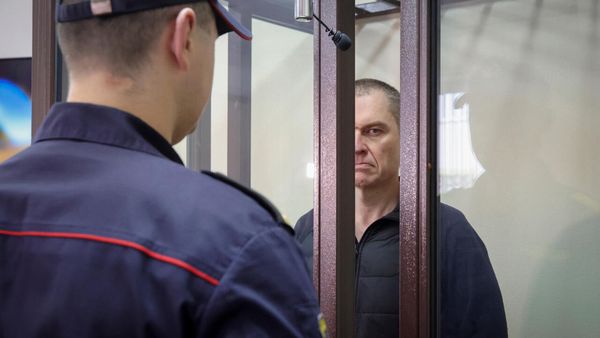Pfizer stock is currently trading with a very low implied volatility rank, which means options are cheap compared with the last 12 months. That could mean it's a good time to look at a breakout trade for this pharmaceutical giant, such as a long strangle.
A long strangle is constructed through buying an out-of-the-money call and an out-of-the-money put. The trade aims to make a profit from a big move in either direction by the underlying stock, or from a rise in volatility.
Buying a long strangle is cheaper than buying a long straddle, but will still suffer from time decay. That means the options will lose a little bit of value with each day that passes if the stock doesn't make a big move.
With a long strangle, the further out in time the trade is placed, the slower the time decay. But the options become more expensive and require more capital.
Looking For A Quick Move
For Pfizer stock, investors can place a long strangle by buying a 24-strike put and a 27-strike call using the Nov. 21 expiration. The put is trading around 65 cents a share and the call is around 50 cents a share.
When we add the two together, the total cost of the trade would be around $1.15 per contract or $115. This is the total amount of risk in the trade and the maximum that could be lost.
Calculate the break-even prices by taking the strike price plus and minus the cost of the strangle. That gives us break-even prices of 22.85 and 28.15, but profits are possible with a smaller move if that comes earlier in the trade.
For example, the estimated break-even prices in mid-September are around 24 and 27. Changes to implied volatility will have a big impact on this trade and the interim break-even prices, so it's important to have a solid understanding of volatility before placing a trade like this.
The ideal scenario is a big move in either direction within the first week or two of the trade.
Worst Case: Pfizer Stock Remains Stable
The worst-case scenario with this Pfizer long strangle would be a stable stock price. That would see the call and put slowly lose value each day. For this long strangle investors might set a stop loss at around 20% of capital at risk. It would be around $25 with a profit target of around 40%.
It's also best not to hold the trade any longer than mid-September.
According to IBD Stock Checkup, Investor's Business Daily ranks Pfizer stock No. 6 in its group. It also has a Composite Rating of 70, an Earnings Per Share Rating of 68 and a Relative Strength Rating of 45.
It's important to remember that options are risky and investors can lose 100% of their investment.
This article is for education purposes only and not a trade recommendation. Remember to always do your own due diligence and consult your financial advisor before making any investment decisions.
Gavin McMaster has a masters in applied finance and investment. He specializes in income trading using options, and is conservative in his style. He also believes patience in waiting for the best setups is the key to successful trading. Follow him on X/Twitter at @OptiontradinIQ.







